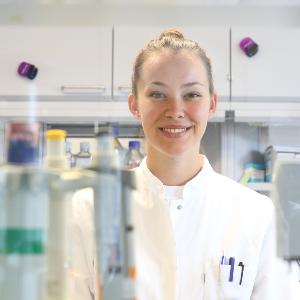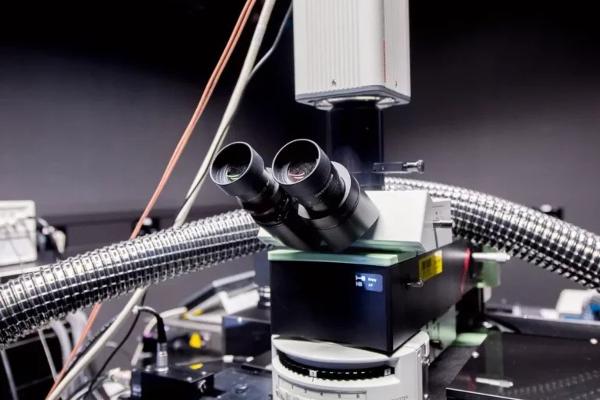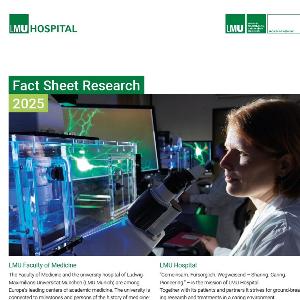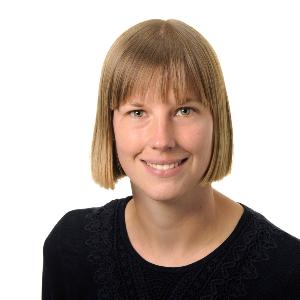
Research
The Faculty of Medicine and LMU University Hospital are among the strongest reseach centers of university medicine in Europe. Scientists develop new diagnostic methods and treatment options and train the next generation of scientists. Patients benefit from cutting edge medicine in clinical trials. Patients benefit directly from the findings of cutting-edge medicine in clinical studies.
Scientific performance
Impact
Third-party funding

Core Facilities
As shared facilities, core facilities offer scientists access to large-scale research equipment, modern technologies and scientific services.
Read more
Computing Facilities
Scientists use the first-class infrastructure of the Munich Science Network and cross-location infrastructures.
Read more
Clinical Study Center
46 clinical departments, divisions and institutes at LMU University Hospital conducted a total of 2,322 clinical studies in 2022, of which 710 were interventional studies alone. The Clinical Study Centre (CSC) ensures the the sponsorship tasks of the LMU Klinikum.
Read more
Intramural funding programmes and awards
At every career level - from doctorate to professorship - LMU and the LMU Faculty of Medicine offer a wide range of intramural funding opportunities and awards.
Read more
LMU research service
To ensure optimal conditions for top-level research, LMU offers a target group-orientated range of services and advice for scientist.
Read more
Pivot-RP funding database
The Pivot-RP funding database provides LMU researchers with an overview of current funding opportunities.
Read moreContact
Members of the Faculty of Medicine find additional resources at the Research Portal.















